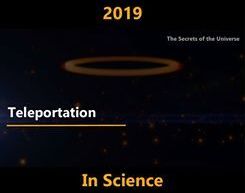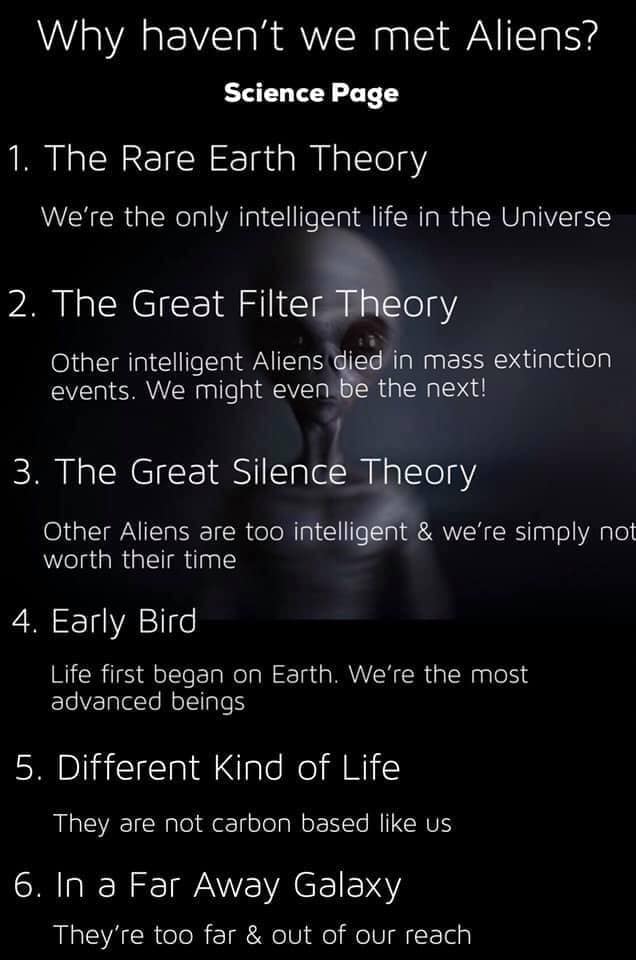Archive for the ‘science’ category: Page 76
Jan 10, 2020
Ms. Nemonte Nenquimo, President of the Waorani Pastaza Organization, CONCONAWEP, following their recent landmark legal victory against the Ecuadorian government, leading to 500,000 acres of Amazon rainforest protected from oil drilling and timber companies — ideaXme — Ira Pastor
Posted by Ira S. Pastor in categories: bees, biological, climatology, environmental, food, geography, geopolitics, health, life extension, science

Tags: Amazon, Ayahuasca, bioquark, environment, forests, health, ideaxme, ira pastor, oil, Rainforests, sustainability, waorani, wellness
Jan 8, 2020
Here Are 5 Science-Backed Ways to Make Your Microbiome Healthier in 2020
Posted by Paul Battista in categories: biotech/medical, food, health, science
It’s common for people to focus on their health at the start of the year.
But few consider the well being of the microbes that live inside the human gut – the microbiome – which are vital to an individual’s good health.
How important are these bacteria? There are as many bacterial cells in us as there are human cells, and they help control everything from inflammation and the development and treatment of cancer to how much energy we get from our foods and perhaps even what foods we crave and our moods.
Jan 5, 2020
Fighting Ebola and other Highly Hazardous Pathogens In A Hot Zone! — Colonel (ret) Dr. Mark Kortepeter, MD, MPH — ideaXme — Ira Pastor
Posted by Ira S. Pastor in categories: aging, bioengineering, biological, biotech/medical, defense, genetics, health, life extension, military, posthumanism, science

Jan 5, 2020
Dr. Lucica Ditiu — Executive Director of the Stop TB Partnership — ideaXme — Ira Pastor
Posted by Ira S. Pastor in categories: aging, biological, biotech/medical, genetics, health, life extension, posthumanism, science, transhumanism

Your perspective is always limited by how much you know. Expand your knowledge and you will transform your mind. ~ Dr. Bruce Lipton.
Jan 3, 2020
50 Year Lie: Sugar industry blames fats
Posted by Philip Raymond in categories: biotech/medical, business, economics, education, ethics, food, health, science
Whenever someone refers me to a story with alarming facts that should surprise or outrage any thinking human, my spider-sense is activated. Does the story make sense? Is it plausible? If the message contains evidence of being repeated (or forwarded to more than two friends), then whatever is claimed is almost certain to be false.
If the subject is important to me—or if there is any chance that it might influence my view of the world, I check it at Snopes. The reputable web site confirms or debunks many urban legends and all sorts of viral web hype.

You never know what you might learn at Snopes. You can easily be lured into a rabbit hole, digging into the site beyond whatever prompted your visit in the first place.
Fact-checking can be fun! For example:
Continue reading “50 Year Lie: Sugar industry blames fats” »
Jan 3, 2020
An Atheist Ugandan Orphanage Beats Back Superstition and Zealotry With Science
Posted by Brent Ellman in category: science
The children at BiZoHa, an orphanage and school in southwest Uganda, wake up at 7 a.m. Within an hour they’re ready and dressed in their school uniforms, blue shirts with bright yellow collars and either charcoal grey pants or dresses. There are classes after that and, at 10:30, a pause for porridge, bread, and fried bananas. The day continues from there — classes, meals, play, and sleep — perfectly routine and peaceable. But in the Kasese District, a multi-ethnic region on the border of the Democratic Republic of Congo, this schedule, with all its reassuring regularity, is radical. There are no prayer breaks. There are no church services. BiZoHa, described by its backers as “the world’s first atheist orphanage,” is a humanist raft adrift a choppy sea of faith.
Whether or not BiZoHa really is the first atheist orphanage or not — any facility in North Korea could stake a claim — doesn’t much matter. To debate that point is to lose the specific context. Thanks to a missionary history and the influence of American conservative activists, Uganda is an enthusiastically, zealously religious country. It is not constitutionally Christian, but it basically functions that way, which makes the Reddit-funded orphanage something akin to a humanist fortress. And there is a distinct militarism to some of the language embraced by its teachers. Number six on the list of the school’s ten values is “NO SUPERSTITION.” Students who see those words know that they are a reminder to “Rely on Reason, Logic, and Science to understand the universe and to solve life’s problems.”
It’s a hallowed lesson to BiZoHa’s founding director, Bwambale Robert Musubaho. A Ugandan orphaned at five, Musubaho was raised by his grandmother and eventually graduated from college with a diploma in Biological Sciences. Frustrated by what he saw as hypocrisy among believers, Musubaho stepped back from religion in the late 1980s. But he still took inspiration from the religious people he saw around him, specifically the missionaries. He became an atheist, a homegrown Richard Dawkins preaching good works and good, solid reasoning. After many years, he found the word for what he was on the internet and declared himself a humanist.
Dec 31, 2019
2019 In Science
Posted by Shailesh Prasad in categories: cosmology, quantum physics, science

From the first black hole image to the first image of quantum entanglement, mankind achieved a lot in 2019!
Dec 31, 2019
The science events to watch for in 2020
Posted by Derick Lee in categories: bioengineering, climatology, science, space
A Mars invasion, a climate meeting and human–animal hybrids are set to shape the research agenda.












